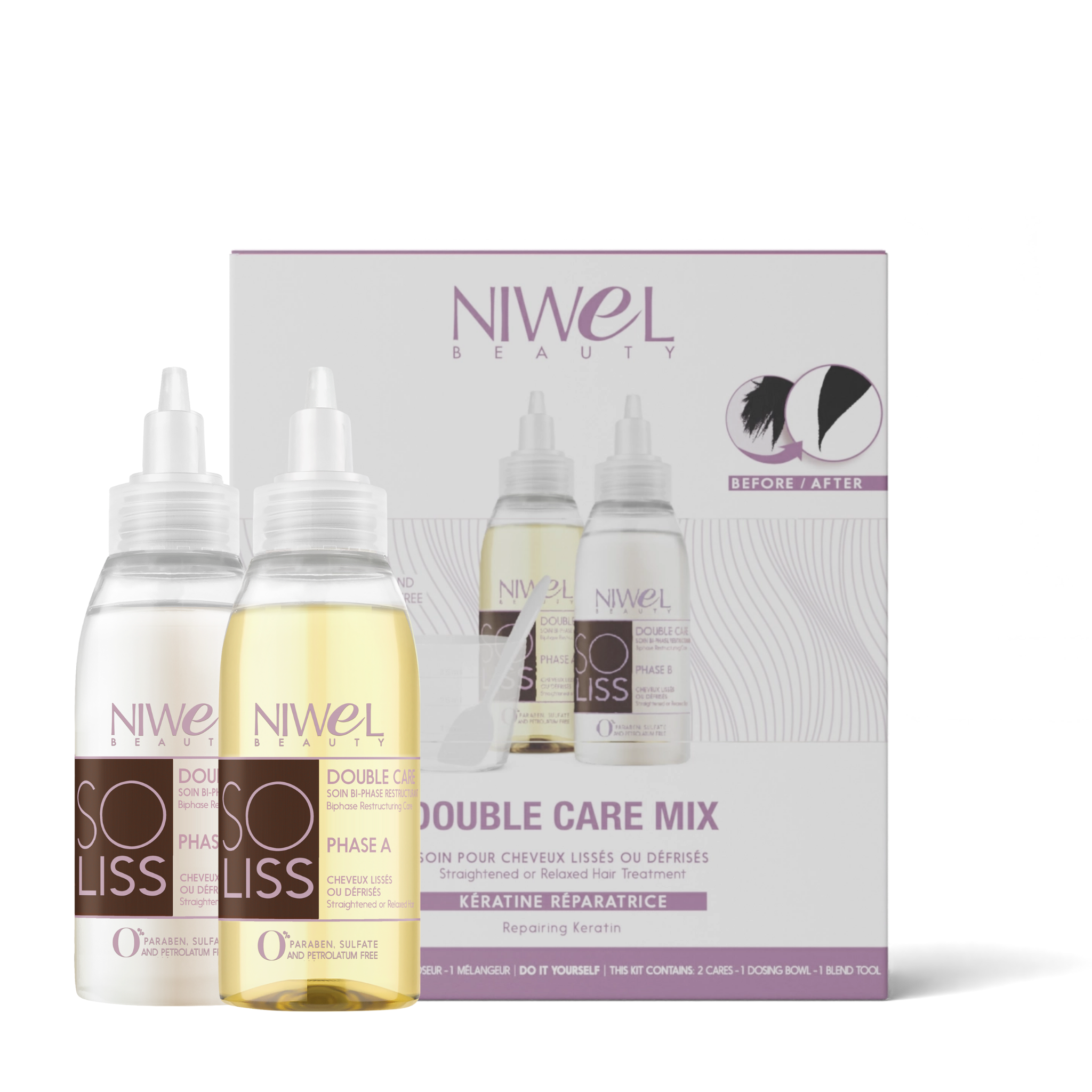Burnt hair is our common nightmare. And for good reason, impossible to repair them, scissors are needed. However, it is possible to apply certain treatments to accompany regrowth.
How to spot burnt hair?
Burnt hair doesn't smell scorched (fortunately). To detect them, you have to rely on other clues: frayed and dull ends, knots at the bottom of the strands, a hard and rough texture, brittle hair, or even static electricity.
Why does hair burn?
The hair burns under the effect of excessive heat input or the application of chemical and aggressive hair products. On the bench of the accused, we find the hair dryer, the straightener, the curling iron, inappropriate care, and badly controlled colors, permanents and brushings. Also note that seawater, chlorine and the sun also tend to burn hair, so be careful during the holidays!
Is there a type of hair that is particularly at risk?
In general, it is women with frizzy and curly hair who are most at risk of burns. For what ? Quite simply because they often want to straighten their curls (even though curls are so beautiful…), and thus expose their hair, which is already naturally dry, to excessive heat.
How to repair burnt hair?
It is not possible to repair burnt hair per se. So we start by cutting the tips and burnt lengths. Indeed, in the burnt parts, the cuticles open excessively and gradually rise, contaminating the rest of the healthy hair. This is why an “amputation” is essential. The cut promotes the regeneration of the hair fiber. We do not hesitate to give scissors regularly, that is to say about every two months, so that the hair grows back as well as possible. During regrowth, we can apply extensions, if we want to keep the length, and we apply specific care.
On the care side, we rely on hair oil baths in pre-poo, to nourish and protect the fiber, on shampoos and conditioners for dry hair, in order to hydrate them, on treatments based on keratin , which regenerate the hair fiber in depth, on revitalizing masks, to protect, hydrate and nourish in depth, and on serums for dry hair, to be applied throughout the day. Good to know: we space the shampoos as much as possible so as not to dry out the hair more, and we use lukewarm water (or cold if we are motivated).
Of course, throughout the care phase, heat is avoided. In particular, drying in the open air is preferred. If you really cannot do without a hair dryer or a straightener, you should first apply a thermo-protective treatment.















